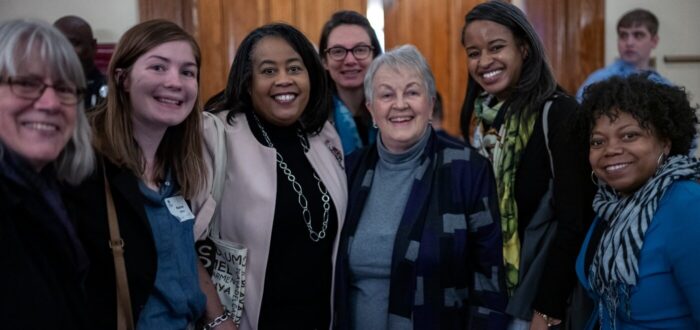
Covering Climate Equitably
Years of environmental justice research reveals that people of color* and low-income communities are disproportionately affected by pollution and climate change. But when our team reviewed over 2,300 renewable energy articles** in 2019 to see who’s talking about environmental issues, we found that:
Only 2% of the articles referenced communities of color,
down from 7% in 2018.Only 6% of the articles talked about issues of equity or justice.
An equity lens helps journalists to fill in this gap in coverage by accounting for environmental racism — a form of structural racism where laws, regulations, policies, and corporate decisions harm communities of color and lower-income communities while benefiting white people and better-off communities. Decades of environmental racism, classism and disenfranchisement have left people of color to bear the environmental, health, and economic consequences of our dependence on dirty energy.
The guide includes tips on looking at potential stories through an equity lens and handling some common challenges, from a lack of time or trust to uninterested editors. It includes a glossary of terms, guidance on language choices, lists of sources and contacts, and additional resources. It also provides case studies that show how theory meets professional practice to produce outstanding stories.
The guide helps journalists think through questions such as:
Q: Does my story rely on assumptions about groups of underrepresented people?
Q: Is there a perspective or community angle missing from my story that I should include?
Q: When describing groups of people, their characteristics, or their actions, have I accidentally leaned into problematic narratives?
Covering Climate Equitably: A Guide for Journalists was developed by The Solutions Project with Conspire for Good and Provoc, with input from journalists and professional journalism organizations.
(PDF, 3MB)
* While we use the phrase “people of color” throughout the guide, The Solutions Project recognizes that such catch-all terms are problematic because they don’t capture the nuance of individual racial and ethnic groups, and that it is best to refer to specific groups as they identify themselves whenever possible.
** Articles came from LexisNexis and Google News and from publications including national and state outlets, and online and trade publications.